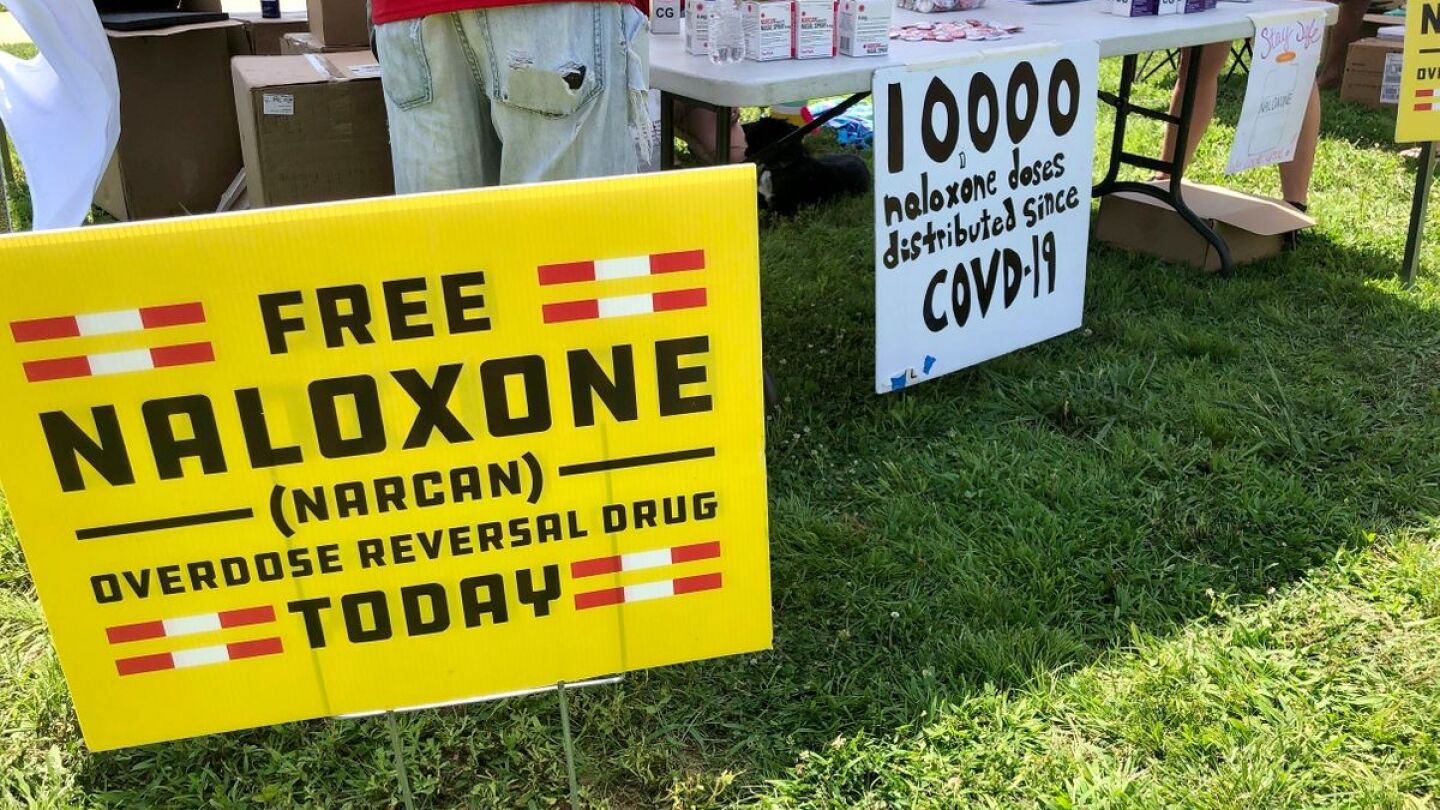Opioid Epidemic Resource Guide
The Opioid Epidemic Resource Guide is an essential resource that local and state government agencies are working to combat through prevention, treatment, and enforcement strategies. The epidemic has devastating effects on communities, requiring a coordinated response to reduce overdose deaths, support recovery, and hold accountable those responsible for illegal distribution. We’ve included tools like an interactive map of drug overdose deaths and a fentanyl overdose primer for medics. There are grant leads, news, and insights into topics like the public bathrooms crisis and strategies to increase treatment, intervention, and education.
A new initiative embeds social workers with first responders during 911 calls for mental health and substance use crises in Cuyahoga County
The Broward County project, which cost a total of about $80,000, was funded by a U.S. Department of Health and Human Services grant and took about a year to roll out
The stands are accessible 24/7 and are designed to reduce stigma around obtaining and using Narcan
Opioid settlement funding will continue for 11 to 18 years, and it is expected that more settlements will be forthcoming. Is your agency getting its share?
Funds will be used to train first responders on Narcan use and how best to interact with people struggling with substance abuse and mental health issues
Lawyers for states and local governments laid out key details of the $26 billion settlement on Wednesday
The 2020 death toll estimate is up by about 20K, with fentanyl blamed for more than 60% of overdoses
A state law requires cities and counties that want to pursue their own legal action to “opt out” of the attorney general’s lawsuits by June 30
“The First Step Program” will offer individuals an opportunity to get help without the fear of arrest or having to worry about a lack of health insurance
Law enforcement agencies would do well to heed drug trafficking’s technology-driven distribution systems
Looking for alternatives to arrest, police departments are using their 24/7 presence and regular contact with drug users to refer them to treatment
Five reasons firefighters are at an increased risk of opioid abuse
Substance abuse prevention advocates say that increased isolation and a decrease in services is likely to create more relapses
University of Pennsylvania researchers said the video was as effective as in-person training at teaching bystanders to respond to overdoses
Evidence-based naloxone administration recommendations to minimize risk of COVID-19 exposure and alleviate provider fear
The position’s $49,100 annual salary is fully funded for two years through a Community Development Block Grant
Officials say the Contra Costa County pilot program will be the first to have EMS providers start buprenorphine treatment in the ambulance
State officials said the team would conduct outreach to overdose patients and use near-real-time EMS and hospital data to track overdose numbers
Wilson County EMS will begin rolling out a program to leave behind kits that contain naloxone and materials to help dispose of opioids after overdose calls
MOST POPULAR
- FEMA to resume in-person training at National Fire Academy
- Priorities for law enforcement to safeguard democracy
- DOJ cancels hundreds of grants for police, crime prevention initiatives
- How the HELPER Act could put homeownership within reach for first responders
- RaySecur annual state of mail security report finds mail threats are becoming smaller and more dangerous


















